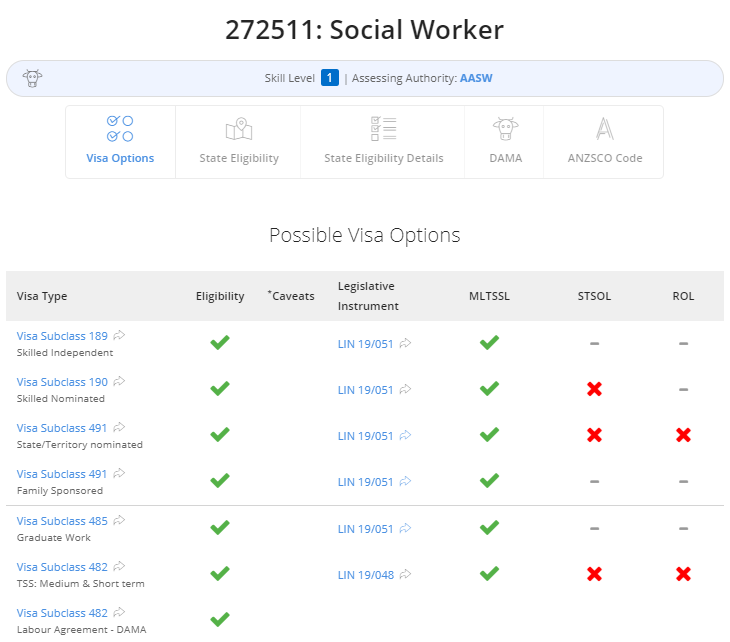
There are several steps to follow when conducting a job analysis. This is a process that grades different jobs and creates a pay structure. Many aspects of job analysis include job description, content, and organizational structure. In this article, we will look at some of the steps involved in the job analysis process.
Methods of job analysis
Job analysis can be done by creating questionnaires or interviewing employees. These questionnaires serve two purposes: to obtain information from job candidates and to determine gaps between job descriptions (and actual work) and the job description. Many job inventories are performed using open-ended questions, rather than multiple-choice questions. This is because people tend not to respond immediately.
A job analysis is generally done to determine the best way to fill job openings. It helps employees and their superiors make better decisions. It assists human resources managers in creating long-term strategies. A job analysis can be complex and not always simple.
Job analysis objectives
Organizations can use the job analysis tool to ensure that they are completing all job-related tasks in a structured manner. It improves employee morale, satisfaction, and productivity. Its success hinges on the support of top management and the way job-related data collected. It must be well planned and implemented in order to achieve its success. Here are some examples of job analysis objectives:

Job analysis is designed to determine job performance levels. This information is vital for job descriptions and job specifications preparation. It is also helpful in designing the organization structure and administering recruitment and selection processes. It also plays an important role in administering compensation and performance appraisals, and in career path counselling. It also helps improve labour relations.
Steps in job assessment
An analysis of a job involves gathering information on all aspects of the job. Structured questionnaires, interviews and task inventories are all methods of data collection. This data is used to identify job requirements as well as determine the need for training. The process includes an evaluation of employees' performance, and the identification of areas for improvement. This is a crucial step in ensuring that your workforce has the necessary skills and knowledge to do the job effectively.
Documentation and communication between employees is essential for job analysis. The worker responsible for the job should verify the information. This review is important to ensure employee acceptance of the job analysis results.
Impact of job analyses on HRM
Job analysis is an important method of employee appraisal. It gives information about the job requirements and the relationships between jobs. It also outlines the tools necessary to perform a job. The information must be documented in a systematic manner. It is done for the purpose of developing a job specification, a document that defines the relationship between different job profiles. It can be time-consuming and expensive.
A job analysis is a systematic approach that allows organizations to determine the basic needs of a job. Employers can use this process to find the best talent for the job. It also creates criteria that will help them measure the employee's performance. The HRM process can use the result to its advantage.

The statistical approach to weighting variables
A statistical approach for weighting factors in job analysis is a quantitative way to analyze job data. This involves assigning weights to factors based on their importance. These factors are generally universal factors that can be applied to all job family. It is essential that these factors are evenly distributed across job families and that they have the same degree of importance.
The point-factor classification system is the most widely used. There are 200 items on the rating scale that evaluate input of information and mental processes. Different methods of job evaluation will yield different conclusions regarding the job's value.